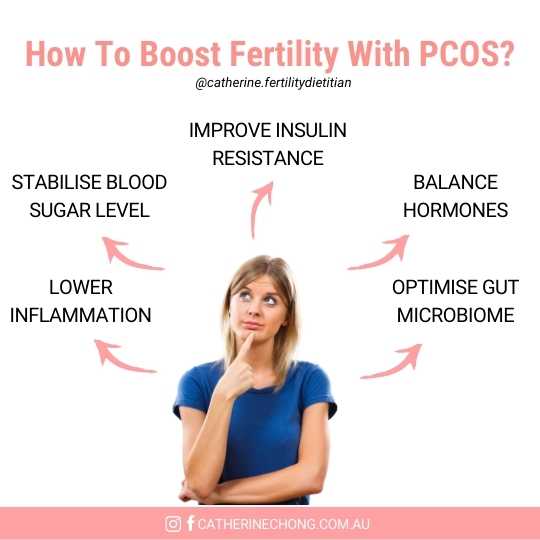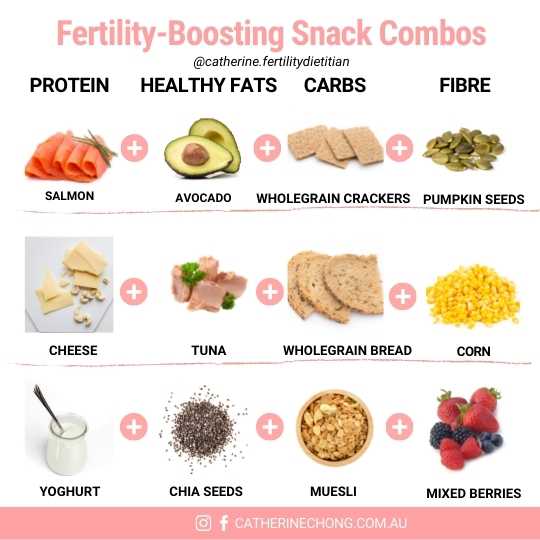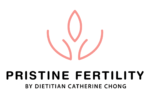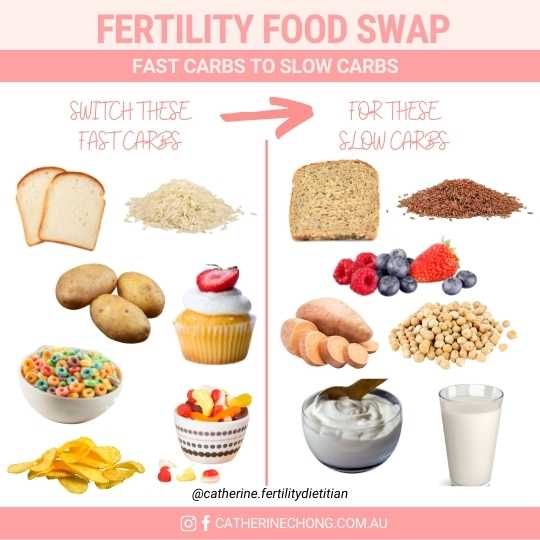The PCOS Diet Plan In 3 Simple Steps
3 Mins Read
You may have heard of polycystic ovarian syndrome or known as PCOS. This is a medical condition that currently affects 12-21 per cent of women of reproductive age.
The simplest way to explain PCOS is the disorganisation of ovarian function and disruption of fertility hormones, which causes many women with difficulty conceiving.

PCOS is a highly complex condition. No one fully understands it yet. Here are the three most common causes of PCOS:
Disruption of fertility hormones
Luteinising Hormone (LH) is the crucial messenger hormone that triggers the release of the egg. Up to 70 – 80% of women with PCOS may have high LH levels, resulting in a premature egg release that aged quickly.
Many women with PCOS also have an increased level of male-type hormones produced in the body’s fat tissues. Excessive body fat tissues can increase the male hormone level, including typical PCOS features like acne, abnormal hair growth, and irregular periods.
Disorganised egg development
Every month in a normal menstrual cycle, many egg cysts begin to develop as follicles. Usually, only one of these follicles will develop and release as a mature egg and ready to be conceived by the sperm. However, in women with PCOS, the hormone communications are disorganised, and this process of egg maturation doesn’t occur. Instead, many small developing follicles within the polycystic ovary rarely develop and cause irregular ovulation.
Insulin resistance
Approximately 80% of women with PCOS are caused by insulin resistance. Insulin hormone is responsible for helping sugar from foods metabolised into energy. For women with PCOS, it is harder for the body to process a sugar load and can results in diabetes later in life. High insulin levels can also result in the development of cysts on the ovaries and which, in excess, impacts the other hormones and reduces the body’s ability to conceive.
If you know or suspect you have PCOS and are trying to conceive, please discuss with your doctors and undertake a proper medical assessment and the right treatment plan for you.
The PCOS Diet Plan
- Research has shown 5% of weight loss can improve insulin resistance for women with PCOS.
- In conjunction with a moderate calorie reduction, reducing carb intake can also help reduce insulin levels, improve reproductive hormone status, and restore ovulation, particularly for overweight and obese women with PCOS. However, it’s still unclear how low the carb should be, for how long, and the effects of ketosis on eggs quality and pregnancy, if you follow a very low carb diet.
Step 1 – Switch To Low GI Carb
Carbs comprise the usual starchy types such as rice, potatoes, pasta and bread. As well as the sugary types like the added sugar, honey and sweet syrups.
You may have already heard about the Low-GI Diet. The GI is a ranking of carbohydrate foods from 0 to 100 based on how quickly and how much they raise blood sugar levels after being eaten.
Remember, our goal is to improve your insulin level. A low Glycemic Index (GI) food has a GI of 55 or less; in other words, the lower the GI, the more stable blood sugar levels and therefore can help improve insulin level control.
Here are some examples of common low-carbohydrate foods:
- Bread: Mixed grain bread, soy and linseed bread, oat bran bread
- Breakfast cereals: Rolled oats, all bran, muesli
- Grains: Basmati rice, couscous, rice vermicelli, quinoa, pasta
- Fruit: apple, peach, pear, grapefruit, grapes
- Vegetable: Sweet potato, chickpeas, lentils, corn
- Dairy: milk and yoghurt
Step 2 – Quit The Unhealthy Type Of Carb

- Fizzy soft drink
- Lollies or other confectionery
- Chocolate
- Potato/corn chips
- Instant noodles
- Sweet biscuits or desserts
- Flavoured drink, milk or fruit juice
- Muesli bars, energy bars, protein bars
- Excessive use of honey, jam and syrups
Step 3 – Reduce The Carb Portion
After quitting the worst types of carbs/sugar. Reduce your rice portion or try the low GI version of foods, e.g. Basmati, pasta or swap white potatoes for golden sweet potatoes. For example, instead of having 3 cups of spaghetti Bolognese, choose 1 cup cooked pasta with 200g lean Bolognese sauce and 2-3 cups of side salad.
Need more help? I’ve worked with many women to optimise their nutrition for various women’s health conditions in preparation for pregnancy.
I can help you too by creating a personalised nutrition plan tailored to your health conditions and nutritional needs.
With all my love



